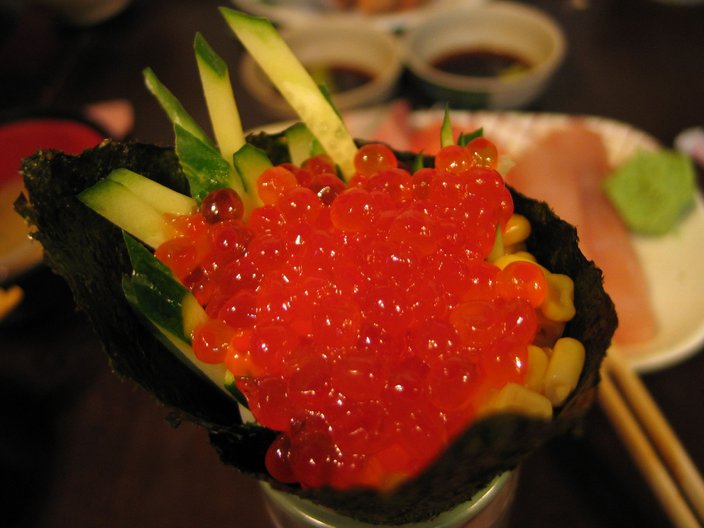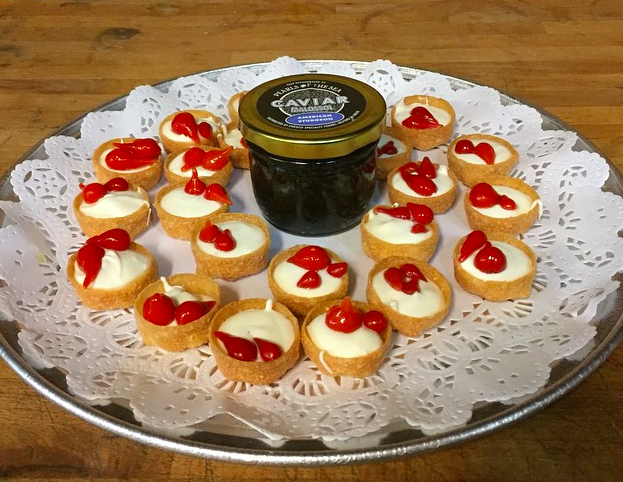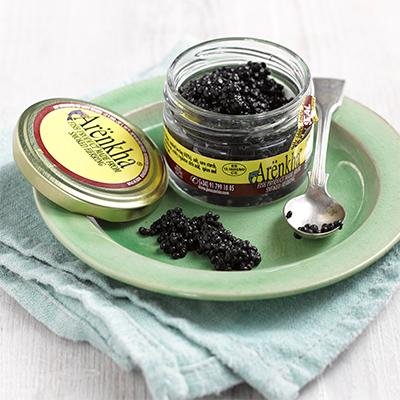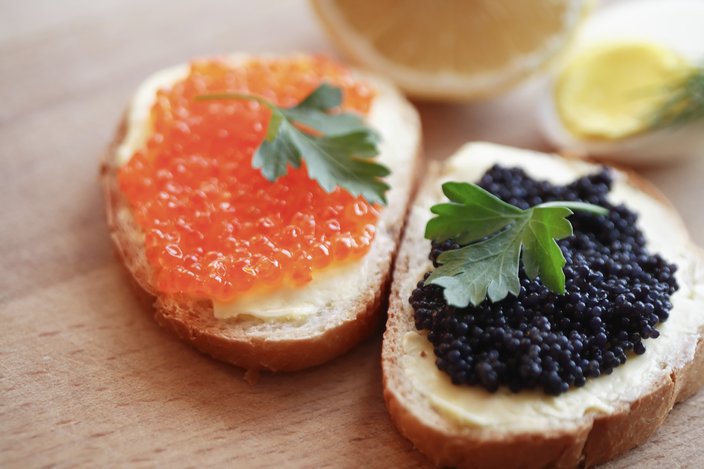
July 17, 2015
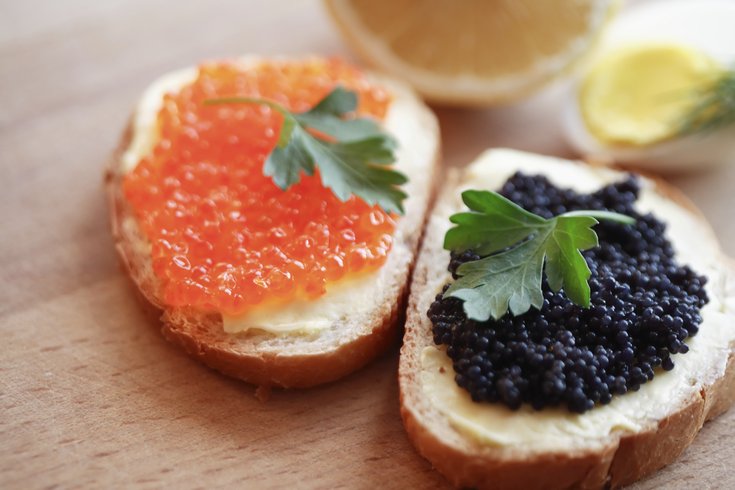 File Art /for PhillyVoice
File Art /for PhillyVoice
Caviar is a delicacy consisting of salt-cured fish eggs.
Saturday is "National Caviar Day," a day devoted to freeing the seafood delicacy of its label as a food for the pinky-out-crowd and giving it a place on all people’s plates.
Most folks know what caviar looks like and are aware it’s fish eggs, but more specifically, caviar is the processed and salted roe of fish. (Roe being a less gross fancy way to say a mass of eggs contained in the ovaries of a female fish or shellfish.)
The taste? "Subtly salty with a distinct minerality and an aroma of the sea," as one devotee describes.
According to NationalCaviarDay.com, a website dedicated to the special day and the promotion of caviar, people often use the word caviar to describe any fish egg. However, authentic caviar comes from the sturgeon, which lives in the Caspian or Black seas, and includes species like beluga, sevruga and ossetra.
Though each individual egg is just the size of a pin top, a female sturgeon’s roe supply can comprise up to 25 percent of her body weight, the site notes. Most of the smooth, bead-like eggs are black, but caviar can also be gray, gold or red, like the kind often sprinkled on top of sushi.
8509 Germantown Ave., Philadelphia
Several locations in Philadelphia and South Jersey
2417 Welsh Road, Northeast Philadelphia
